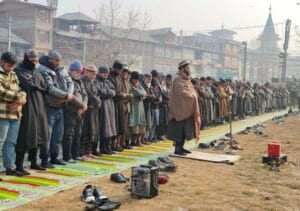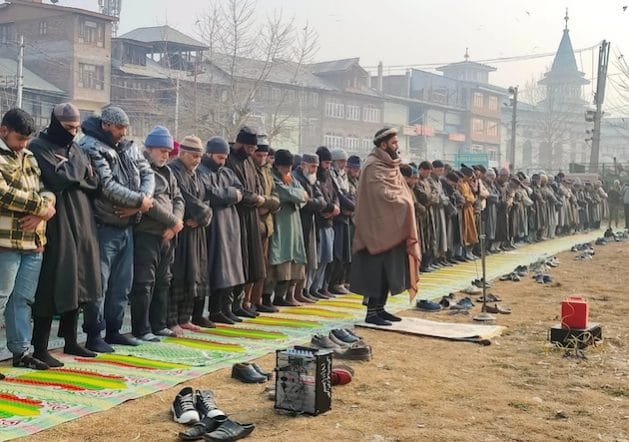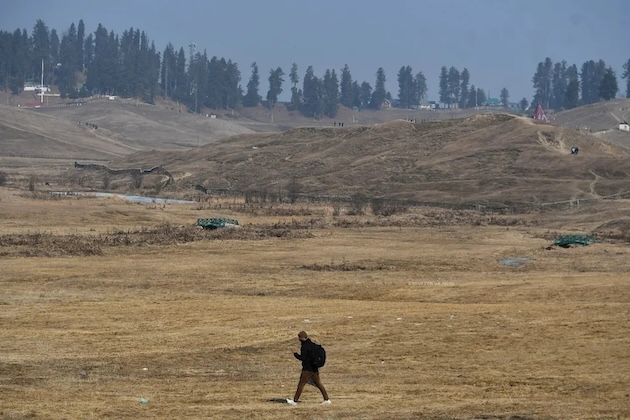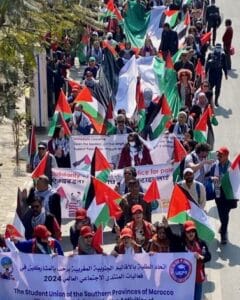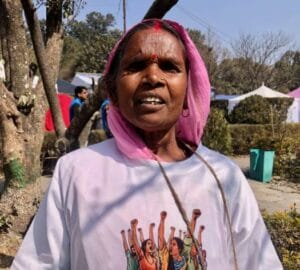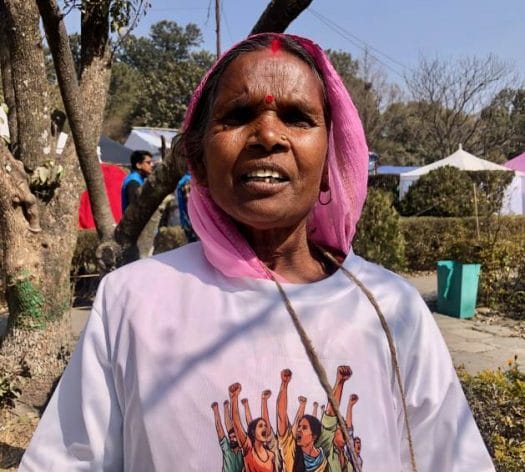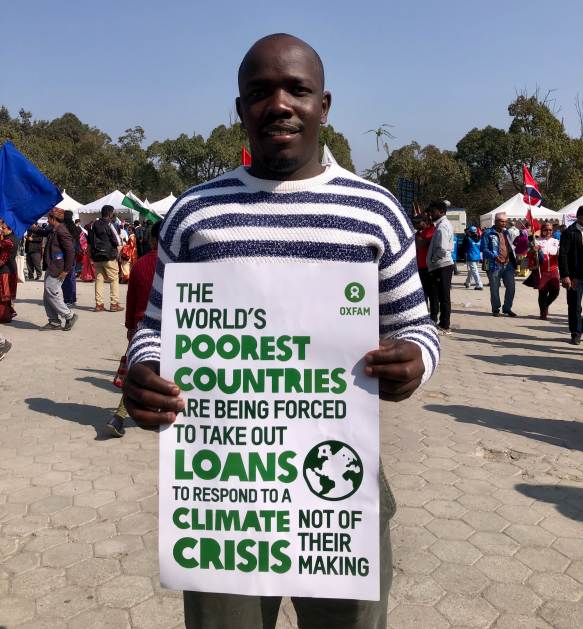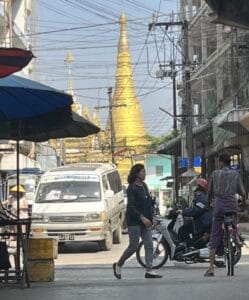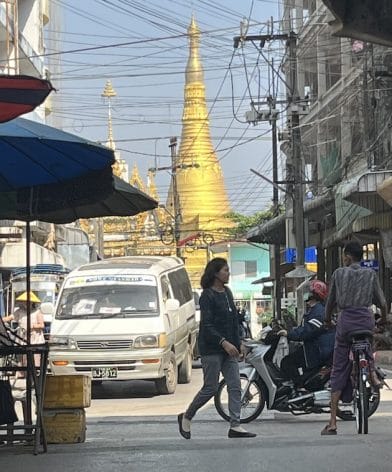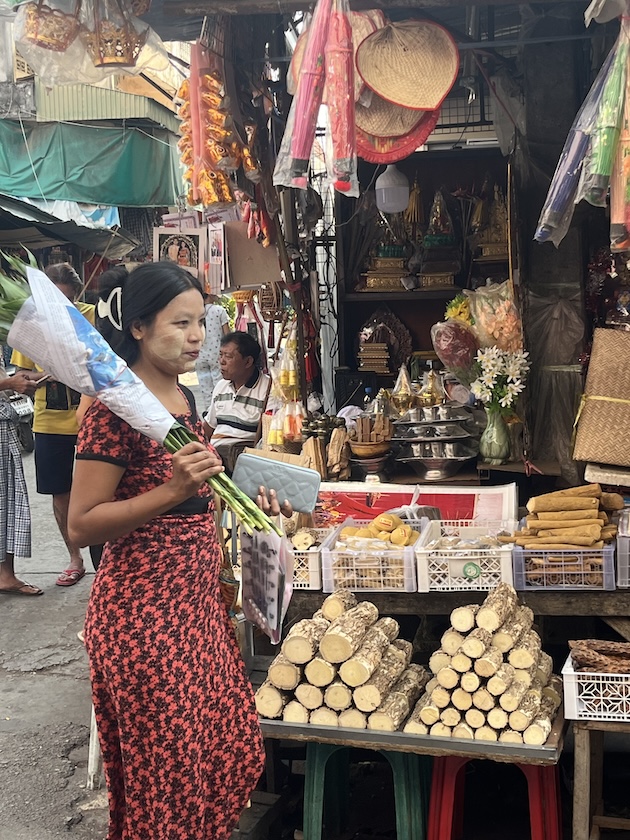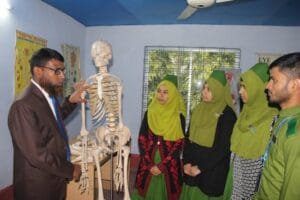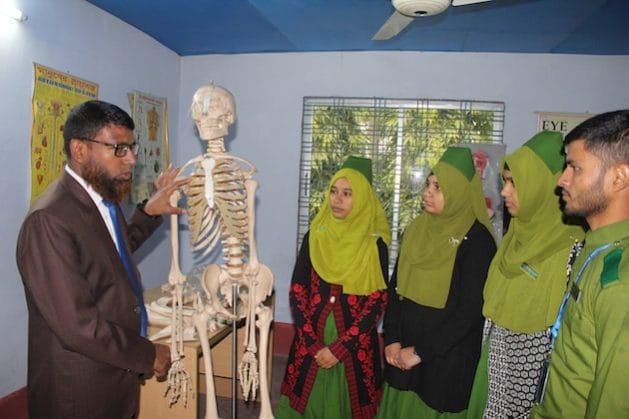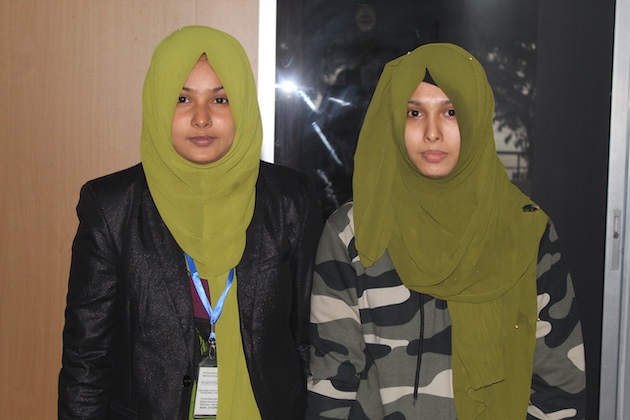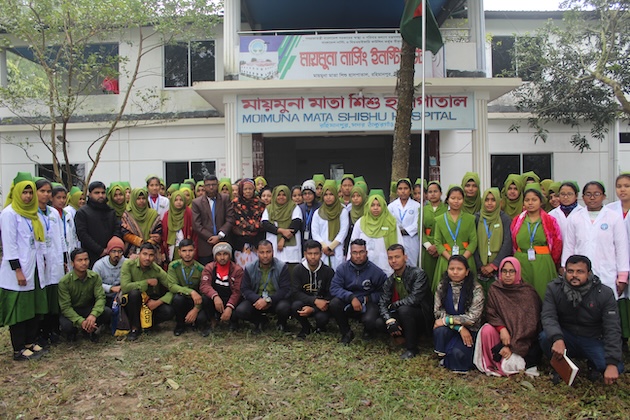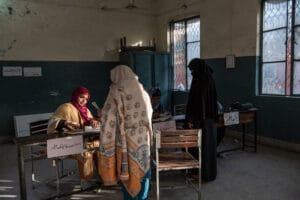
Asia-Pacific, Civil Society, Crime & Justice, Economy & Trade, Featured, Headlines, Human Rights, Press Freedom, TerraViva United Nations
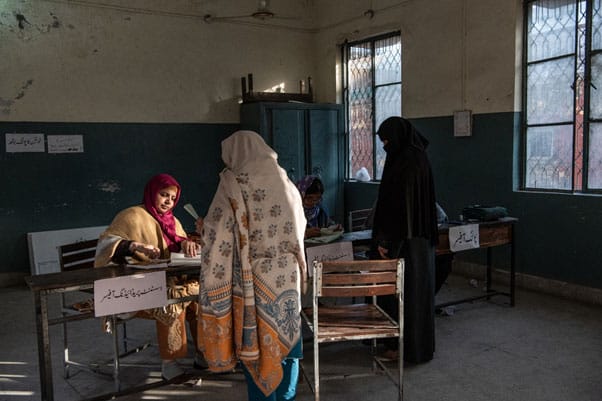
Credit: Rebecca Conway/Getty Images
– Pakistan’s 8 February election has resulted in an uneasy compromise that few wanted or expected. There’s little indication the outcome is going to reverse recent regression in civic freedoms.
Army calls the shots
Around 128 million people can vote in Pakistan, but it’s the army, the sixth-biggest in the world, that’s always had the upper hand. In recent decades, it’s preferred to exert its power by strongly influencing the civilian government rather than outright military rule. Prime ministers have allied with the military to win power and been forced out when disagreements set in. No prime minister has ever served a full term.
In April 2022, Prime Minister Imran Khan was ousted through a parliamentary vote of no-confidence. But it was common knowledge this was the military’s will. Khan, having cosied up to the generals to come to power in 2018, had publicly and vocally fallen out with them over economic and foreign policy. He had to go.
Khan’s fall from grace was swift. He survived an assassination attempt in November 2022. In December 2023, he was barred from running in the election. Just ahead of voting he was found guilty in three separate trials, with the longest sentence being 14 years. Bushara Bibi, Khan’s wife, was jailed too.
The army turned to a former foe, Nawaz Sharif, three times previously prime minister. After he last fell out of favour in 2017, he was forced out and found guilty of corruption. Yet for this election he’d evidently patched things up enough to become the army’s favoured anti-Khan candidate.
A catalogue of restrictions
But voters didn’t go along with the army’s choice. Candidates running as independents but affiliated with Khan’s Pakistan Tehreek-e-Insaf (PTI) party won the most seats, albeit short of an outright majority. Sharif’s Pakistan Muslim League-Nawaz (PML-N) came second, with the Pakistan People’s Party (PPP), its partner in the 2022 coalition of convenience that replaced Khan, third.
This was a shock result, given the obstacles placed in the PTI’s way. The government postponed the election from November to February so, it said, it could hold a census. The suspicion was that the move was to allow more time to prosecute Khan and lean on his party’s politicians to swap allegiances.
Sure enough, some PTI representatives were banned from standing and others faced harassment and violence seeking to persuade them to distance themselves from Khan. In the biggest blow, PTI candidates were banned from using Khan’s cricket bat symbol on ballot papers. Symbols are crucial for mobilising party support, since over 40 per cent of people are unable to read. PTI candidates were forced to run as independents.
There was never any prospect of equal space for campaigning. Last year, the media regulator applied a de facto ban on mentioning Khan’s name on TV. In August 2023, it directed TV channels not to give airtime to 11 people, among them Khan and journalists considered sympathetic towards him. As the election neared, the military interfered in the media on a daily basis, telling them which stories to run.
Given these constraints, and the near impossibility of holding physical rallies, PTI used online opportunities. Khan kept up a virtual presence through AI-generated videos. WhatsApp was used to inform PTI supporters which independent candidates to vote for.
But constraints came here too. When the PTI organised an online rally in December, authorities blocked access to major social media platforms and slowed the internet down. On election day, they imposed a full internet and mobile data shutdown for the first time in Pakistan’s electoral history. The authorities claimed they’d done so on security grounds – the Islamic State terrorist group carried out two deadly bombings the day before – but it made independent oversight of voting and counting much harder. Further restrictions on Twitter followed after the results were out.
⚠️ Confirmed: Live metrics show a nation-scale disruption to social media platforms across #Pakistan, including X/Twitter, Facebook, Instagram and YouTube; the incident comes as persecuted former PM Imran Khan’s party, PTI, launches its election fundraising telethon pic.twitter.com/QIBGcxGty3
— NetBlocks (@netblocks) January 7, 2024
This pressure on the PTI and its supporters came on top of the ongoing repression of civic freedoms by successive governments. Pakistani authorities have continued to criminalise, threaten and harass human rights activists, restrict online freedoms, intimidate journalists, censor media and violently repress peaceful protests, particularly by women’s rights activists and people from the Baloch and Pashtun ethnic groups.
Uncertainty ahead
Despite the highly unlevel playing field, results show that many took the opportunity the election offered to communicate discontent with military influence, a political establishment dominated by two families and the dire economic conditions. A youthful population has found something appealing in Khan’s fiery populist rhetoric.
But what’s resulted is something few voters likely wanted. The PML-N and PPP quickly announced a resumption of their coalition. The PML-N’s Shehbaz Sharif, Nawaz Sharif’s brother, is set to return as prime minister. It would appear to be a coalition united by little more than a determination to keep the PTI out of power, suggesting a weak and fractious government will result.
Strong opposition can be expected. PTI supporters aren’t accepting this quietly. The party claims rigged votes denied it more seats. Thousands have protested and numerous legal cases have been filed. Their claims were given credence when an official in Rawalpindi stepped forward to say he’d been involved in election rigging. One politician from a minor party also announced he was renouncing his seat because the vote had been rigged to exclude the PTI-backed candidate.
Khan is no democratic hero. When he was in power and enjoyed the military’s favour, he used the same tools of repression now being applied to him and his party. Civic space conditions worsened under Khan and there’s been no let-up since.
The bigger problem is a system where the military calls the shots, sets the parameters that elected governments must stay within and actively works to suppress dissent. With many young voters angry and wanting change, problems can only be building up for the future. It’s vital that civic space be opened up so people have peaceful means to express dissent, seek change and hold power to account.
Andrew Firmin is CIVICUS Editor-in-Chief, co-director and writer for CIVICUS Lens and co-author of the State of Civil Society Report.

